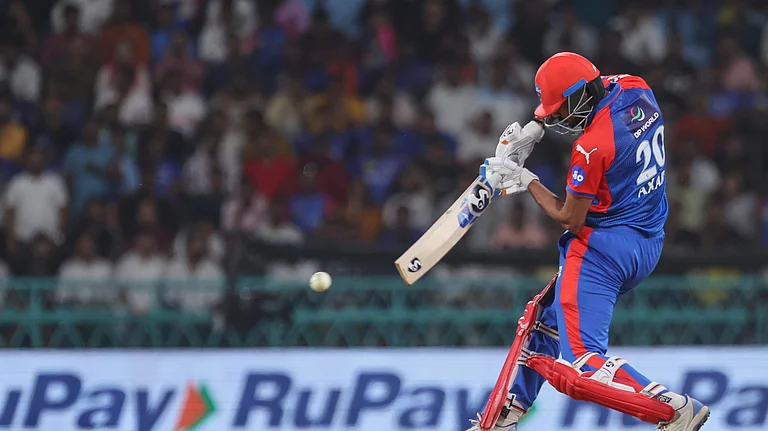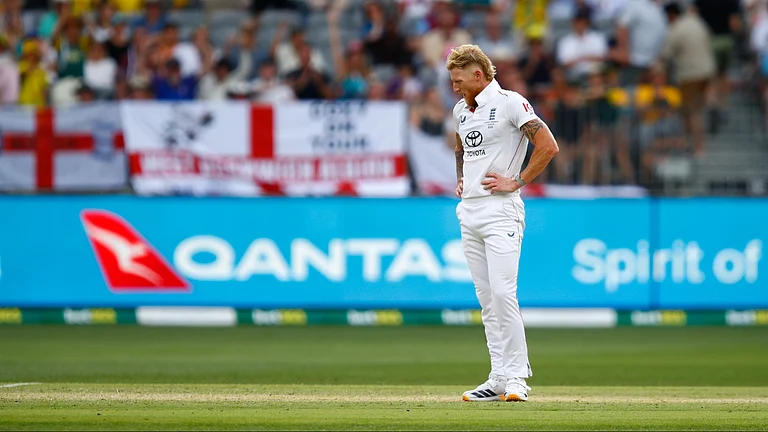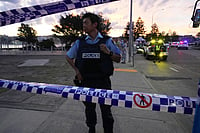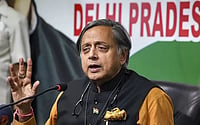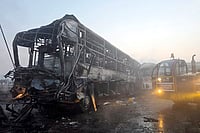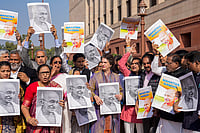IT'S the latest in the cellphone expansion. Well-connected prisoners in Bombay's Arthur Road jail and the capital's Tihar jail now carry their own personnal handsets and use them effectively to maintain links with the underworld without. Apparently, neither walls, nor cells, do a prison make.
In March, a surprise check in the high-security Arthur Road jail unearthed a cellphone in the possession of Chhota Rajan's men. The cellphone was the source of 972 threatening calls made to prominent businessmen and hoteliers and, investigations revealed, was used by the Malaysia-based don to communicate with his men while they were transported to and from their court hearings. A month later, Jayant Jadhav, a close aide of Bal Thackeray, was gunned down, apparently by members of the Arun Gawli gang. Operations were conducted over cellphones from the Gawli stronghold, Dagdi Chawl, 5 km away. The BPL cellphones, through which the calls were made, were registered in the names of relatives and associates of the killers. Soon after, calls demanding protection money supposedly made by a close aide of Chandraswami and Babloo Srivastava to a Bombay businessman were found to have emanated from Delhi's high-security Tihar jail.
The security risk had been predicted by a senior police officer soon after the killing of East West Airlines chief Thakiyuddin Wahid late last year. "Operations can now be directed from within hotel rooms or any private enclosure and we would be none the wiser. Earlier, there were at least witnesses to any communication made from anywhere near the scene of the crime—those possibilities are severely reduced with the coming of cellphones," he warned.
R.S. Sharma, joint commissioner, Crime, Bombay Police, is more optimistic: "First the mode of underworld communication was messengers, then telephones, now it is cellular phones. But it was also because of a cellphone that we traced Jadhav's killers. The situation is not so bleak."
The rounding up of the killers and the transfer of the 25 undertrials who allegedly made the calls from Arthur Road jail to Aurangabad haven't cut the connection of criminals to high places. It has merely thrown up the emergence of an alarming trend—one by which a criminal element can actually dial 'M' for murder. "The underworld is quick in utilising any development in modern communication equipment while law enforcing agencies are the last to get them," observes M.G. Naravane, Inspector General of Prisons, Maharashtra.
Accordng to Akshay Kumar, associate Vice-president, BPL Mobile Communications Ltd, there is no method available to check the antecedents of mobile phone buyers. " As with the credit card companies, there are certain credit verification checks conducted by the company to validate a customer's ability to pay his airtime bills. However, this check cannot give an indication of the purpose for which the mobile-phone will be used," he says.
Unlike countries like the US which use AMPS or analogue technology, mobilephones in India use the GSM technology. "This uses digital transmission of radio frequencies to relay voice messages and since the data relayed from the mobile phone to the switching centre is encrypted, it makes tracing and intercepting calls extremely difficult," explains Kumar. However, all mobile phone operators in India are required to allow Government authorities to intercept calls if required. Following the rampant misuse of cellphones by Chhota Rajan's men from Arthur Road jail, the Department of Telecommunications (DoT) has also placed monitoring equipment in the central switching stations of the eight major celltel operators in the country.
Meanwhile, the underworld is live and beeping. Cellphone offenders in jails manage to recharge cellphone batteries and avail of other maintenance equipment, leading to charges of a nexus between jail authorities and inmates. Referring to the threatening calls traced to Tihar Jail, a senior official remarked: "There are a lot of important political prisoners here who are conceded extra privileges. It is possible that despite the frisking, cellphones were smuggled in with the knowledge of the jail authorities."
"Prisoners change their clothes while going to court and it is possible that they bribe staff and smuggle goods on their way back. Even if close-circuit cameras are placed in prison, they cannot be used in bathrooms and toilets. The prison manual does not allow us to encroach upon the privacy of an inmate, which means that action can be taken if only an illegal act is committed under open scrutiny of the jail authorities. Anyway, we are not responsible for enforcing the law," adds Naravane.
And suggestions to set up screening booths outside prisons, jointly manned by police and jail authorities, have been discarded as the police feel that conducting checks is the job of the jail authorities.
The checks and balances have yet to be sorted out. In the meantime, undertrials and prisoners continue to evolve new forms of identification numbers—those connected to a cellphone.







